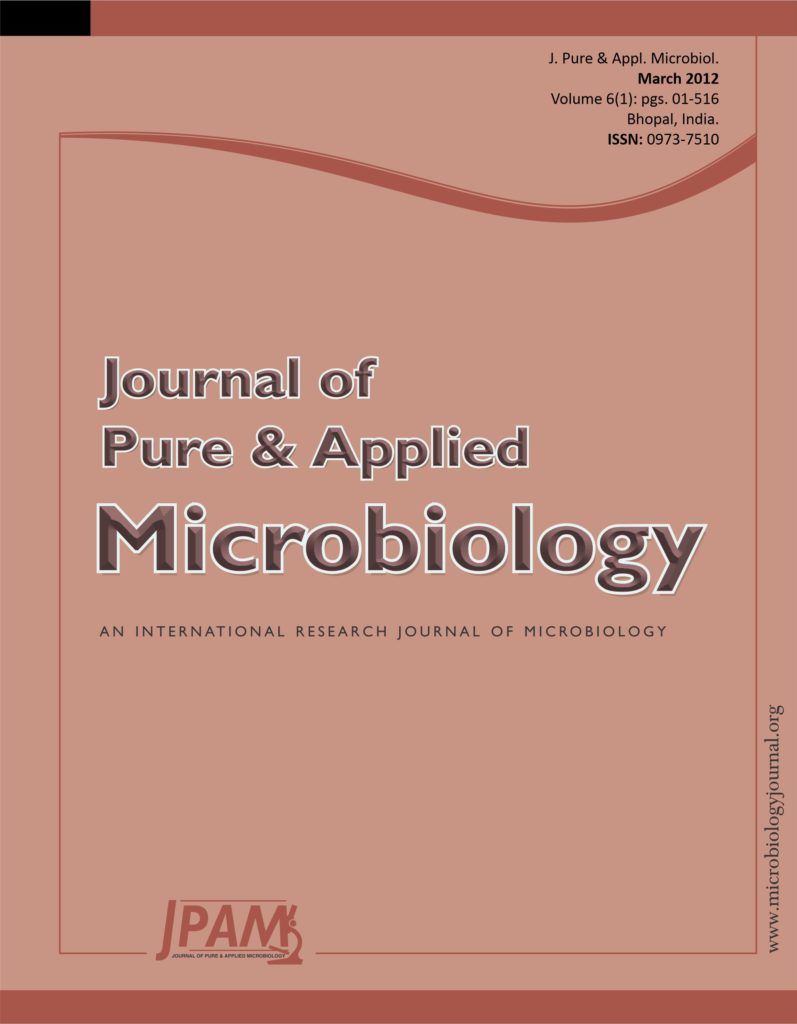Diversity of endophytic microbes both fungi and bacteria was evaluated from a wetland rice field in Karimganj district and upland rice field of Cachar district of South Assam. Three most popular varieties of Boro Rice of South Assam were selected for the study. Cladosporium sp, Fusarium sp, Aspergillus sp, Penicillium sp, and Helminthosporium sp., were identified and Azospirillum sp, Herbaspirillum sp, Acetobacter sp, Enterobacter sp and Pantoea sp were the bacterial endophytes identified in all the varieties in both the sites. Acetylene reduction assay showed that all the bacterial isolates are diazotrophic in nature. Comparison of the colonization rate revealed that wetland rice field and Mahsuri variety of rice harbored the highest diversity of endophytes. Maximum diversity of the endophytes was observed in root region followed by stem and leaves.
Diversity, Endophytes, Wetland and Upland rice field, Mahsuri variety, Acetylene reduction assay
© The Author(s) 2012. Open Access. This article is distributed under the terms of the Creative Commons Attribution 4.0 International License which permits unrestricted use, sharing, distribution, and reproduction in any medium, provided you give appropriate credit to the original author(s) and the source, provide a link to the Creative Commons license, and indicate if changes were made.


